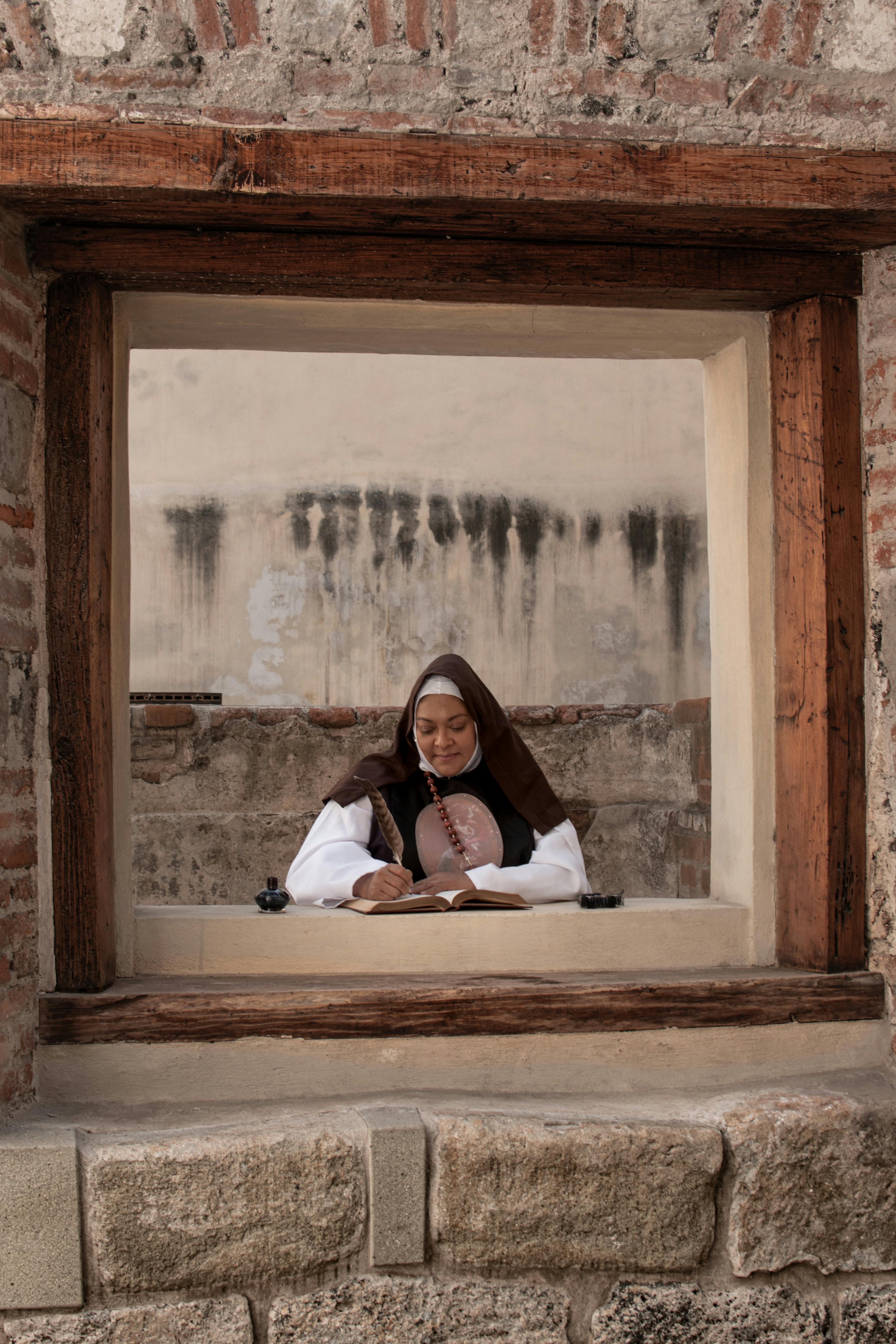
VReal unlocks the potential for personalized, immersive learning experiences at scale, transforming education.
Vreal’s tours transport students directly to historical sites, museums, or natural wonders, fostering a more engaging and memorable learning experience compared to traditional textbooks and lectures.
Vreal eliminates geographical limitations. Students can explore diverse locations around the world, interact with experts and immerse in different cultures from their classroom / desk eliminating travel costs.
Vreal brings contextual exploration with relevant experts. A historical site can be explored through the eyes of an Architect or through Sociologist. Personalized context with high interactivity and ability to ‘zoom-in’ improves learning outcomes manifold.
Everything is digital.
Attention spans are shrinking.
History & culture feels distant, dusty and dull.
The next generation is at risk of growing indifferent as the past is becoming irrelevant.
Can we reignite curiosity and help them connect with their roots?
Even as the world changes, stories hold our attention, weave a magic and leave a lasting impression.
In a way, they are essence of our human experience in a digital world.
The next generation storytelling platform fueled by power of human connection in our virtual world.
This is where stories come alive!
Imagine yourself on an immersive virtual journey through digital replicas authentic locations, guided by live experts in real time.
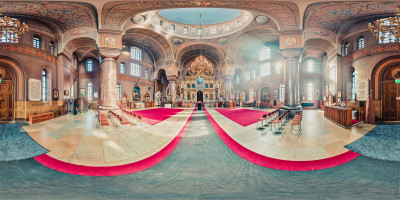
Eastern Orthodox cathedral
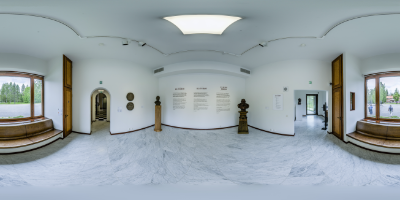
The Serlachius Museums offer a meeting place for art and stories, and people who value their high-quality. There are two Serlachius Museums: Art Museum Gösta as well as Museum Gustaf, which tells the stories of history. Our heart and soul consist of art, architecture, history, excellent food, magnificent lakeside nature and hearty service.
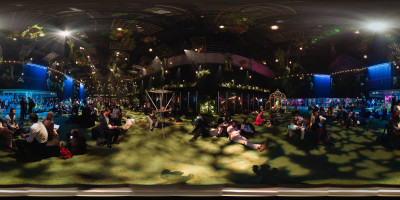
Slush 2019
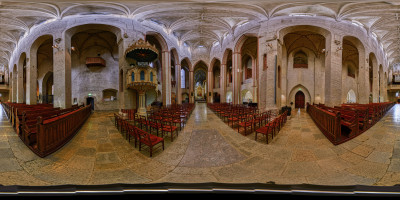
Turun tuomiokirkko (ruots. Åbo domkyrka) on Suomen kansallispyhäkkö ja Suomen evankelis-luterilaisen kirkon pääkirkko.
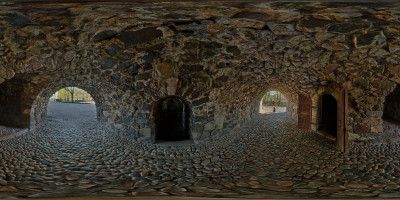
Ehrensvärd sveaborg
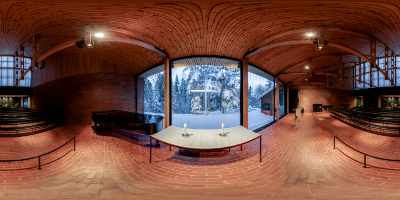
The chapel was designed by the architect couple Heikki and Kaija Siren for a 1954 architectural competition, completed in 1956